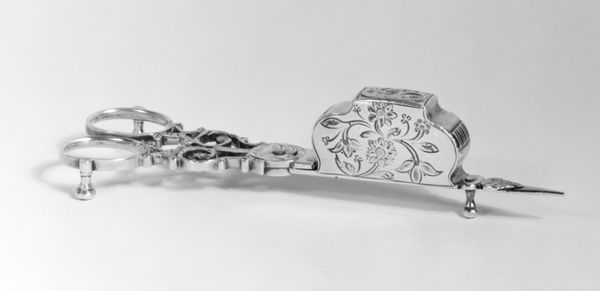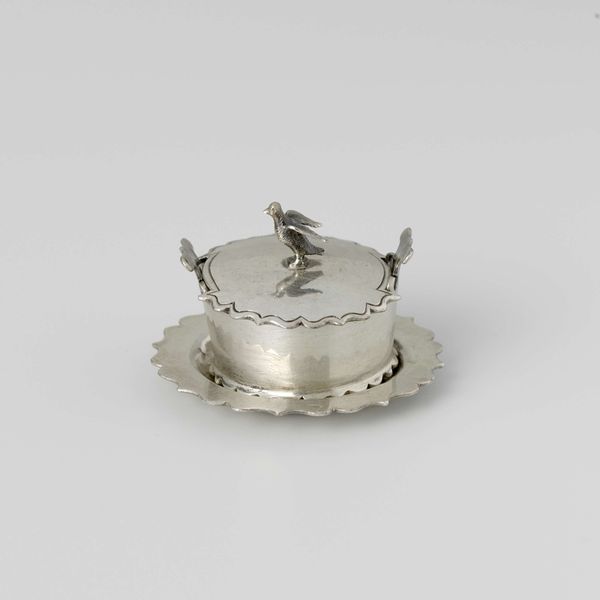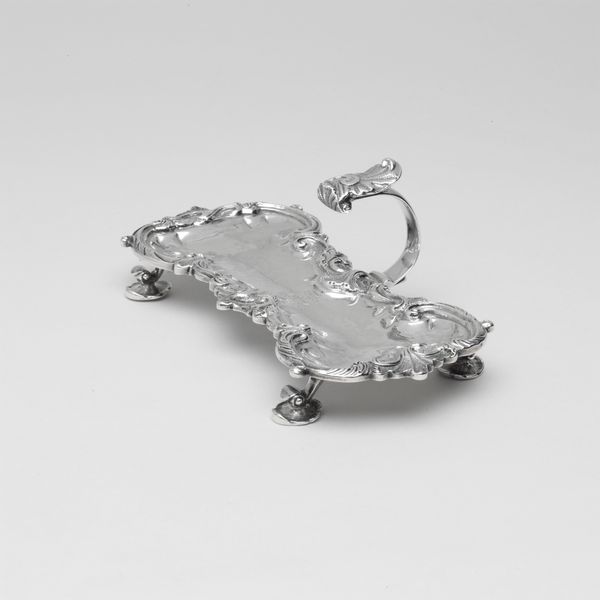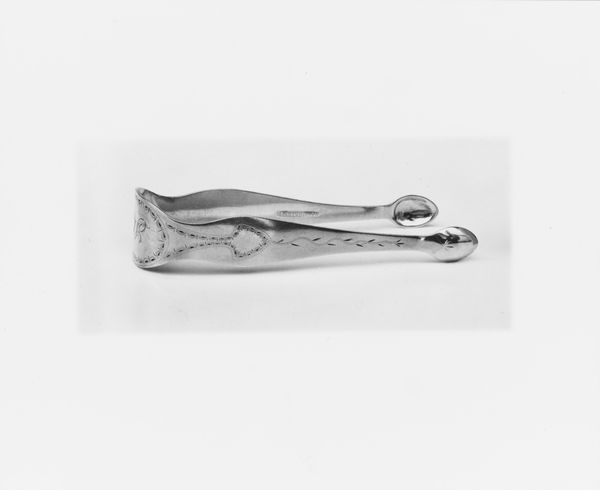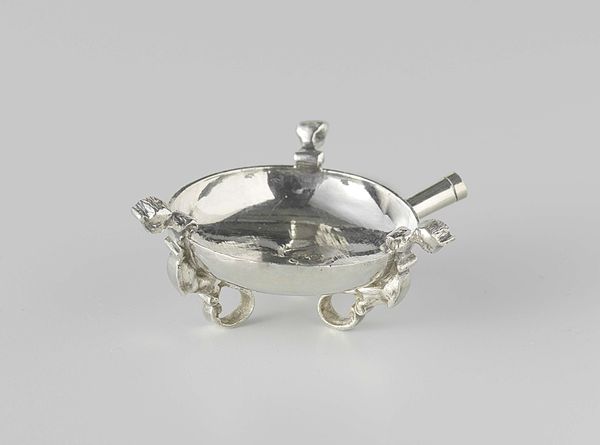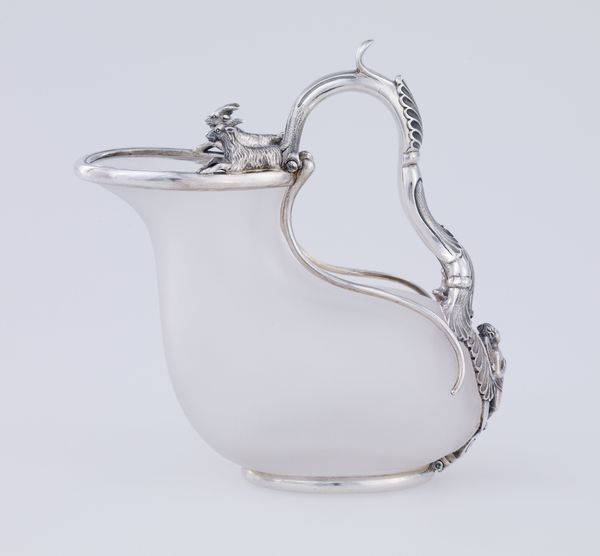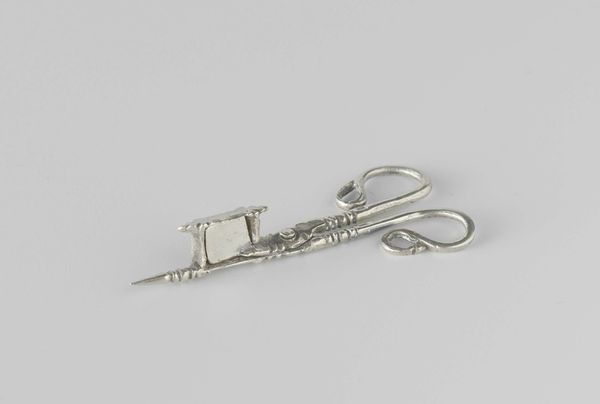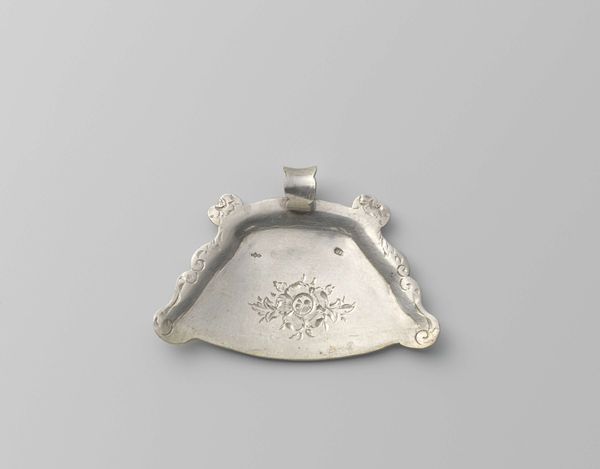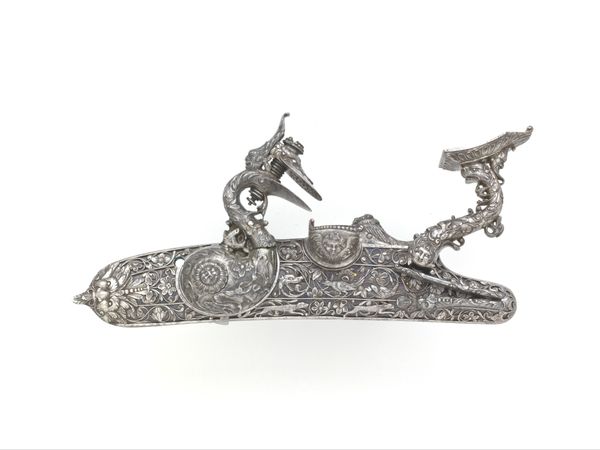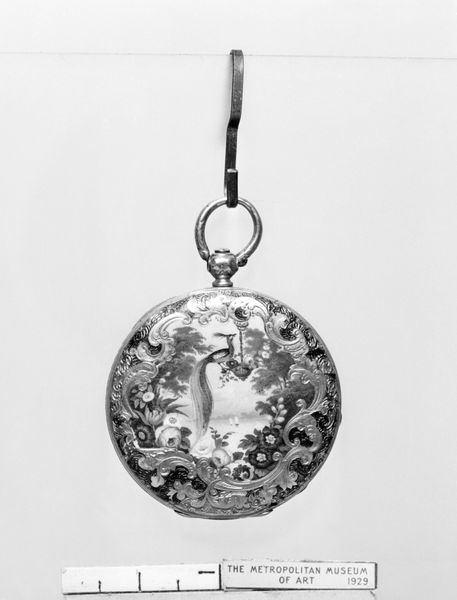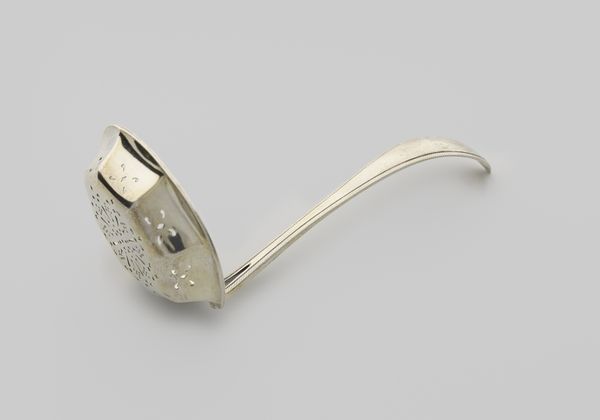
Dimensions: Width: 6 1/2 in. (16.5 cm)
Copyright: Public Domain
Editor: We’re looking at a silver chamberstick, made around 1773-1775 by Gottlieb Satzger. It's so ornate, and incredibly small. What stands out to you about it? Curator: It speaks volumes about the economics and social structures of its time. Silver wasn't just silver; it was capital. Think about the labor involved - the mining, the smelting, the crafting itself. Each repoussé flower represents hours of skilled labor. How does this chamberstick challenge our modern conceptions of art versus craft? Editor: It does blur the lines, doesn't it? We think of sculpture as fine art, but this functional object has incredible detail. What was its role? Curator: Primarily, it's about consumption. Candles and their accoutrements signal wealth, but consider the hidden element of danger. A portable light source was a necessity but could also trigger disasters. That balance between function, artistry, and risk speaks to the very essence of Rococo excess and its complicated social dependencies. Were the artisan's working conditions ever considered when lighting the way with such flamboyance? Editor: That's a perspective I hadn't considered. It makes me wonder about the stories that are embedded within the metal itself—beyond just the aesthetic value. Curator: Exactly! This piece is a beautiful example of art history being directly about labor history, class conflict, and power relations as expressed through decorative art. Editor: It really forces you to look beyond just the surface. I'll never see Rococo silver the same way again. Curator: Nor should you! Considering the materials, manufacture, and markets complicates the usual narrative of aesthetic refinement.
Comments
No comments
Be the first to comment and join the conversation on the ultimate creative platform.
